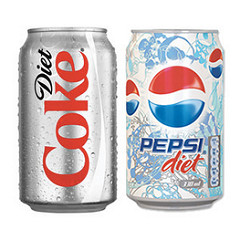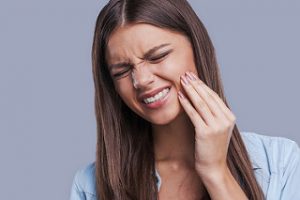
Changing our behavior, habits, attitude, or any aspect of our lives can be a difficult thing to do. I am not writing as an expert on this subject as I have the same struggles as everyone else with change. However, repeated awareness of changes we want to make is one strategy to move us closer to making that change.
A good example is Mary, a patient of mine. Mary is an adult who has had issues with decay (bacterial disease that breaks down tooth structure), dental erosion (chemical breakdown of tooth structure), and gum recession (loss of the supporting structures of the teeth). When people like Mary present with these problems, we dentists present treatment… (Read More)


 You make sure to fill your diet with lots of fruits and vegetables, brush your teeth twice a day, and even use mouthwash pretty often. But when it comes to flossing your teeth—you like to drag your feet. If there’s any oral hygiene habit that you should stay consistent with, it’s flossing your teeth!
You make sure to fill your diet with lots of fruits and vegetables, brush your teeth twice a day, and even use mouthwash pretty often. But when it comes to flossing your teeth—you like to drag your feet. If there’s any oral hygiene habit that you should stay consistent with, it’s flossing your teeth!